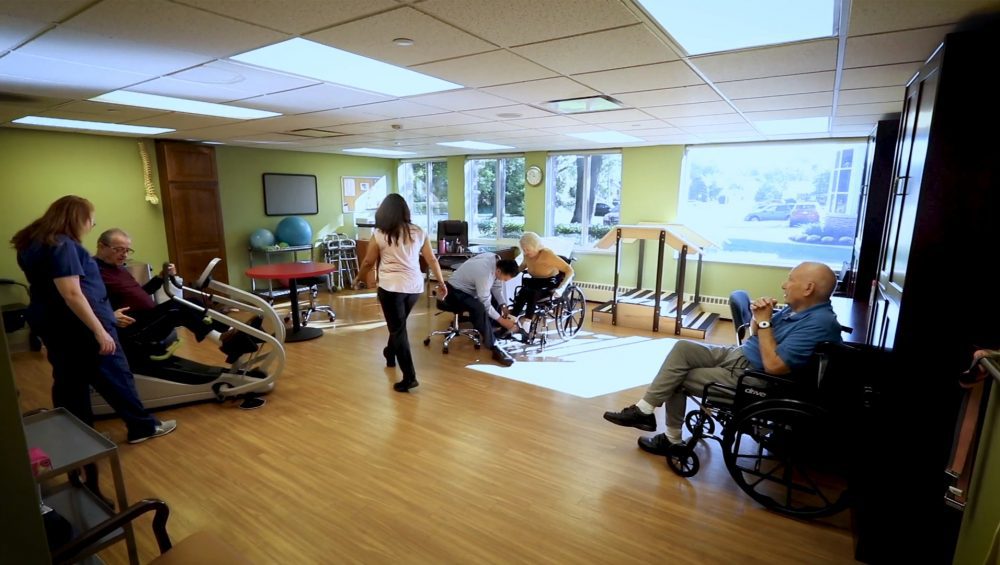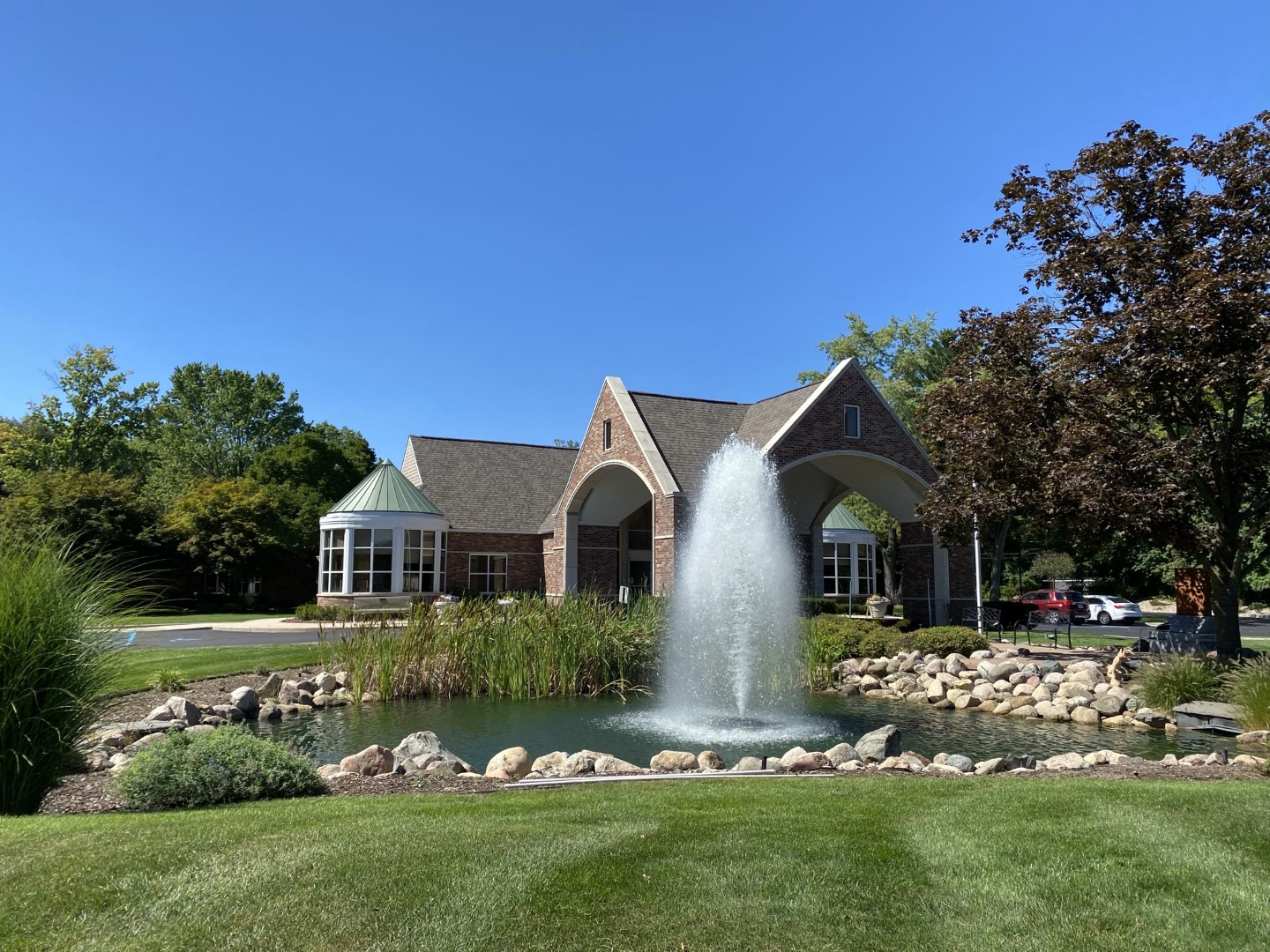Physical therapy is a great way for seniors to maintain their physical health and mobility. Physical therapy can help seniors improve their mobility, balance, flexibility, strength, and manage pain. It can also help manage symptoms of chronic conditions and reduce the risk of falls. Physical therapy can be especially beneficial for seniors living in assisted living facilities as it can help them retain their independence and improve their overall quality of life.
As we age, our bodies undergo various changes that can affect our mobility and overall health. Seniors living in assisted living facilities may experience a decrease in muscle strength, coordination, and reaction timing, which can negatively impact their independence in performing daily tasks and movements such as changing positions, standing, walking, and going up and down stairs. Physical therapy can help seniors overcome these challenges by building strength and endurance to keep them active, prevent deconditioning (reversal of previous conditioning), prevent muscle atrophy (the wasting away of muscles), decrease the risk of falls and related injuries, and maintain independence in performing daily activities.
Physical therapy is particularly important for adults ages 65 and older as muscles and joints tend to lose strength and stability over time. This change can negatively impact older adults’ independence in performing daily tasks and movements. Physical therapy can help seniors overcome these challenges by building strength and endurance to keep them active, prevent deconditioning (reversal of previous conditioning), prevent muscle atrophy (the wasting away of muscles), decrease the risk of falls and related injuries, and maintain independence in performing daily activities.
Physical therapy can also be used to manage symptoms of chronic conditions such as arthritis or osteoporosis. It can help seniors recover more rapidly from surgery or illness. Additionally, physical therapy can help seniors feel more independent by increasing their strength and mobility, enabling them to do tasks independently that they may not have been able to accomplish before.
Physical therapy is typically offered in assisted living facilities and can include walking, massage, stretching, strength training, or hydrotherapy. Physical therapists are board certified and licensed to carry out these treatment plans. Physical therapy sessions are designed to strengthen an individual’s overall health and restore some level of independence through full recovery or ongoing management.
If you or a loved one is interested in physical therapy, it’s important to consult with a primary care physician or other trusted source to find a reputable physical therapist. Preventing falls is crucial for seniors’ overall well-being. By following the strategies outlined above and seeking professional help when necessary, seniors can lead happier and healthier lives.
In conclusion, physical therapy is an effective way for seniors to maintain their physical health and mobility. It helps improve their overall quality of life by building strength and endurance to keep them active, prevent deconditioning (reversal of previous conditioning), prevent muscle atrophy (the wasting away of muscles), decrease the risk of falls and related injuries, and maintain independence in performing daily activities. If you or a loved one is interested in physical therapy, it’s important to consult with a primary care physician or other trusted source to find a reputable physical therapist.





